Oreo Logo Design: History & Evolution

Image Courtesy: Oreo
When it comes to iconic imagery in the branding world, the Oreo logo design stands as a timeless example. Since its creation over a century ago, the Oreo logo has undergone several transformations, each one subtly evolving with the times. This logo isn't just a visual treat; it's a masterful blend of design principles that continues to inspire graphic designers around the world. In this article, we'll take a delightful dunk into the rich history and evolution of the Oreo logo design.
From its early inception to its contemporary sleek look, the Oreo logo design is more than just a mere symbol for a beloved cookie. It represents a fascinating journey through design trends, marketing strategies, and cultural shifts. Whether you're a seasoned graphic designer or someone who's just nibbling at the edges of the design world, this exploration of the Oreo logo design is bound to satisfy your creative cravings. So, grab a cookie, a glass of milk, and settle in as we uncover the layers behind one of the most recognizable logos in the world!
Oreo Logo Design History
1912 - 1923
In the early days of the brand, the very first Oreo logo design was introduced in 1912. This initial concept was more than just a name; it was an artistic statement of elegance. Dressed in an ornate black inscription, all in capitals, the first "O" confidently stood enlarged, setting the stage for what was to become a household name. The letters were adorned with a distinct white outline and set against a calm and dark sea-blue background. This combination of colors gave the original Oreo logo design a sleek and luxurious feel.
The 1912 - 1923 design serves as an enduring testament to the aesthetics of its era, blending classic typography with an elegant choice of colors. For almost a decade, this design represented the Oreo brand, becoming synonymous with quality and taste. It's an inspiring example of how a simple yet thoughtful Oreo logo design can make a timeless mark, and it still resonates with graphic designers today.

Image Courtesy: Oreo
1923 - 1931
With the redesign of 1923, the Oreo logo design embarked on an adventurous new chapter. Gone was the sea-blue backdrop, replaced with a vibrant red that immediately caught the eye. But this was not the only transformation; the first and last letters of the nameplate were whimsically replaced by two circular cookies, outlined in white and blue.
The Oreo logo design now featured additional text written across four levels, utilizing a playful combination of blue, white, and black, and four distinct styles. This vibrant concoction of color and creativity breathed new life into the brand's visual identity. The 1923 redesign showcases the brand's ability to innovate while maintaining a connection to its roots. It's a lesson in how to successfully evolve an iconic brand image without losing its essence, a timeless piece of inspiration for any graphic designer.

Image Courtesy: Oreo
1931 - 1936
The era of 1931 - 1936 brought yet another shift to the Oreo logo design, though this change harkened back to the original version in many ways. This time, the logo was set in an elegant white inscription, coupled with a contrasting black outline. The backdrop was a horizontal rectangular with a bold red background, adorned with black vignettes around its perimeter.
This iteration of the Oreo logo design signifies a blending of the past and present, marrying the elegance of the original with the vibrancy of the 1923 redesign. It served as a visual bridge, connecting different periods of the brand's evolution. The 1931 version offers a sophisticated take on tradition, a visual treat that continues to inspire the graphic design community with its graceful balance of color, form, and history.

Image Courtesy: Oreo
1936 - 1940
In 1936, the Oreo logo design took a bold turn, introducing a new color palette that brought a fresh vibe to the brand. This era featured a blurred blue wordmark, audaciously placed diagonally, and in an upright direction, on a backdrop of bright yellow. This creative combination of colors was more than just eye-catching; it was a strategic move that made the brand's products stand out on the shelves of stores.
This design phase of the Oreo logo represents a courageous departure from its more conservative predecessors. It's a classic example of how the right use of color can not only enhance the visual appeal but also the market presence of a product. The 1936 Oreo logo design is a colorful nod to modernity and is a visual feast that continues to inspire today's graphic designers in their quest for innovation.

Image Courtesy: Oreo
1940 - 1949
The Oreo logo's redesign in 1940 continued the trend of blurred contours as its main decorative element. The visual identity was revamped, now showcasing a red logotype set against a crisp white background. The lettering was executed in an ExtraBold typeface, further adorned with thin, elongated serifs, adding a touch of elegance to the bold design.
The 1940 Oreo logo design represents an era of refinement, a balancing act between the brand's bold history and a growing sense of sophistication. It's a study in how typography and color can come together to create a look that's both assertive and graceful. For graphic designers, the 1940s Oreo logo design offers rich insights into how to blend tradition with modern sensibilities.

Image Courtesy: Oreo
1949 - 1952
The late '40s brought yet another transformation to the Oreo logo design. Introduced in 1949, the logo featured a burgundy rhombus, elegantly placed on a light blue background. The word "Oreo" was emblazoned in all capitals using a modern and stylish sans-serif typeface, written in white at the center of the rhombus.
This renewed color palette gave the Oreo logo an exquisite and chic appearance. It's a design that transcends time, epitomizing a sense of class and elegance. The 1949 Oreo logo design remains a sterling example of how simplicity, coupled with thoughtful color selection, can create a look that's both timeless and stylish. For contemporary graphic designers, it stands as a classic reference, offering endless inspiration in the realms of minimalism and color theory.

Image Courtesy: Oreo
1952 - 1960
The Oreo logo design continued to evolve and redefine itself when a new emblem was crafted in 1952. This era saw the birth of a light gray elegant inscription in sans-serif, with the letter "R" uniquely stylized with a curved, elongated tail. This distinctive wordmark was then enclosed in a smooth ornate frame of the same color and nestled on a calm blue background. The result was a logo imbued with elegance and a special retro mood.
The 1952 Oreo logo design is a tasteful trip back in time, a nod to a classic aesthetic that still resonates with graphic designers. Its simplicity, balanced by careful attention to detail, demonstrates how minor tweaks to typography can breathe new life into a brand. This particular period in the Oreo logo's history is a delightful illustration of retro charm and a timeless lesson in design subtlety.

Image Courtesy: Oreo
1960 - 1972
In 1960, the Oreo logo design was once again reimagined, this time embracing a modern and cool aesthetic. A bright blue background was adorned with four white circles, each containing one of the "Oreo" capital letters. These elements were strategically separated by very thin white vertical lines, creating a sleek and minimalistic visual rhythm.
This phase of the Oreo logo design signifies a clear departure from its predecessors, stepping into a new decade with a fresh and innovative look. For graphic designers, the 1960s Oreo logo is a testament to the power of geometric shapes and clever spacing. It's a design that feels simultaneously modern and timeless, illustrating the endless potential of simplicity in crafting a memorable brand image.

Image Courtesy: Oreo
1972 - 1991
A significant milestone in the evolution of the Oreo logo design came in 1972. This design, which would become a predecessor of today's instantly recognizable logo, featured bold white lettering set against a striking blue background. What made this simple logotype remarkable was the playful positioning of the letters, creating a "jumping" effect that added dynamism to the design.
This period in the Oreo logo design history marks a turning point where simplicity met creativity. The 1972 design perfectly captures the joy and playfulness associated with the brand. It serves as a brilliant example of how even the most straightforward designs can become iconic with a dash of creativity. Graphic designers looking to infuse energy into their work can find inspiration in this clever use of typography and color, a true hallmark in the long and fascinating journey of the Oreo logo design.

Image Courtesy: Oreo
1991 - 1995
The evolution of the Oreo logo design took an interesting turn in 1991 when the iconic jumping inscription was given a double outline. This new detail featured a wide dark blue shade that matched the emblem's background, accompanied by a thinner, contrasting light blue outline. The result was a logo that conveyed depth and dimension, all while maintaining the playfulness that had become synonymous with the brand.
The 1991 Oreo logo design is a testament to the power of subtle changes. By simply adding a double outline, the design gained a visual pop that made it stand out. For graphic designers, this period of Oreo's logo history offers a great lesson in the importance of refinement and attention to detail. It's a reminder that sometimes, minor tweaks can have a major impact on the overall look and feel of a design.

Image Courtesy: Oreo
1995 - 2001
1995 marked a significant point in the Oreo logo design evolution as the contours of the logo were cleaned and refined. The modern bold sans-serif, already an essential part of the brand's identity, started looking even more distinct and confident, particularly when juxtaposed against a stark white background.
The Oreo logo design of this period reflects a maturing brand that has found its voice. It's bold, clean, and unapologetically confident. Graphic designers can take inspiration from the way Oreo embraced its identity with such elegance and simplicity. It's a study in how refinement and understatement can create a powerful visual statement, resonating with consumers and strengthening the brand's position in the market.

Image Courtesy: Oreo
2001 - Present
In 2001, the Oreo logo design underwent a major transformation, redesigning its tricolor logo into a three-dimensional badge. This new design brought an added layer of complexity, giving volume and dynamics to the previously flat appearance. This redesign was carefully orchestrated after the brand's acquisition by Kraft Foods, yet it managed to keep the uniqueness and authenticity of the label intact.
The current Oreo logo design is a marvel of modern branding, combining tradition with innovation. The three-dimensional effect adds depth and character to the logo, making it a visual treat. For graphic designers, the 2001 redesign of the Oreo logo offers valuable insights into the complex task of rebranding without losing the essence of what makes a brand unique. It's a masterclass in balance, aesthetics, and how to adapt a beloved design for a new era, preserving its history while looking boldly towards the future.

Image Courtesy: Oreo
Analysis: Oreo Logo Design Evolution
The Oreo logo design has traversed an extraordinary journey over the last century. From ornate inscriptions to modern three-dimensional badges, the transformation of the logo is a captivating study in design evolution. Its various iterations tell a story not just about the brand itself, but about changing tastes, trends, and the power of design to embody a brand's spirit. In this section, we'll break down five key points that encapsulate the essence of the Oreo logo design evolution, offering insights that may resonate with graphic designers everywhere.
Adaptation to Changing Times
One of the most evident aspects of the Oreo logo design is its ability to adapt to changing times. Be it the retro charm of the 1950s or the bold geometric design of the 1960s, the logo has consistently mirrored the design trends of each era. This continuous adaptation shows an understanding of both the market and the aesthetic preferences of the audience, making the Oreo logo a living testament to graphic design evolution.
Subtlety in Design Tweaks
The journey of the Oreo logo design is filled with subtle changes, such as the addition of double outlines or gentle refinements of contours. These minimal tweaks, while seeming insignificant on their own, collectively contributed to a progressive transformation. This incremental approach to design is a great lesson in how even small changes can cumulatively redefine a brand’s image over time.
Embracing Boldness and Simplicity
There were moments in the Oreo logo design history where simplicity and boldness were the highlights. From the bright blue background with white letters of the 1960s to the bold sans-serif of the 1990s, these designs demonstrate that sometimes less is more. It's a compelling lesson in how clarity and boldness can become an integral part of a brand's identity.
Three-Dimensional Transition
The transition to a three-dimensional badge in 2001 marked a significant departure from the traditional flat design. This change not only modernized the Oreo logo design but also added depth and character. It illustrates the potential of 3D elements in logo design and how they can bring a fresh and dynamic perspective to a well-known brand.
Consistency in Brand Essence
Despite the various changes and transformations, the Oreo logo design has managed to maintain a consistent brand essence. Whether through color, typography, or imagery, the logo has preserved a connection with its origins. This consistent thread running through the different designs illustrates the importance of staying true to the core brand values, even while embracing change and innovation.
The evolution of the Oreo logo design offers a rich tapestry of design principles, strategies, and creativity. From subtle tweaks to bold reinventions, it's a story that reflects the ever-changing landscape of graphic design. The insights gleaned from this journey are not only fascinating but also serve as valuable lessons for graphic designers looking to understand the nuances of brand evolution and the art of timeless design. Whether it's the embrace of simplicity or the leap into three-dimensional creativity, the Oreo logo's history is a masterclass in effective and memorable design.

Image Source: https://www.instagram.com/oreo/ | Image Courtesy: Oreo
The Philosophy & Meaning Behind Oreo Logo Design
When it comes to the Oreo logo design, what we see is not just an iconic emblem but an encapsulation of the brand's philosophy and a representation of its values. The transformation of the logo over time paints a picture of how it has resonated with generations of customers. The Oreo logo is more than a mere visual; it's a narrative told through color, shape, and typography. In this section, we'll delve into the philosophy and meaning behind the Oreo logo design, exploring five key aspects that shed light on what makes this logo so endearing to its audience.
Elegance and Sophistication
From the very beginning, the Oreo logo design has conveyed a sense of elegance and sophistication. Whether it's the ornate inscription of the early 1900s or the chic rhombus of the 1940s, the logo has consistently exuded a luxurious vibe. This aesthetic choice not only made the product stand out on the shelves but also positioned it as a premium cookie brand.
Adventurous Color Choices
The Oreo logo design is noted for its adventurous use of colors. From sea-blue to bright yellow, from red to light blue, the logo has been unafraid to experiment. These bold color choices reflect a daring and energetic brand personality, appealing to those who seek excitement and novelty in their snacking experience.
Symbolism of Unity
The introduction of circular cookies in some iterations symbolizes unity and completeness. The circular design also subtly resembles the actual Oreo cookie, creating a visual connection between the product and the logo. This form of visual storytelling reinforces the brand identity and creates a memorable connection with the consumer.
Emphasis on Modernity
The Oreo logo design has never shied away from embracing contemporary trends. Whether it was the jump into three-dimensional design or the adoption of sleek sans-serif fonts, the logo has always been ahead of the curve. This constant strive for modernity illustrates a brand that's in tune with the times and is committed to innovation and creativity.
Balance Between Change and Consistency
The Oreo logo design strikes a perfect balance between change and consistency. While it has undergone numerous transformations, the core essence has remained untouched. This delicate equilibrium shows the brand’s ability to evolve without losing its identity, providing a lesson in how to maintain brand integrity while still embracing change.
The philosophy and meaning behind the Oreo logo design are deeply rooted in the brand's history and ethos. From embracing sophistication to symbolizing unity, from daring color experiments to balancing tradition and modernity, the logo tells a multifaceted story. It's a study in how design can be an intricate dance between aesthetics and values, where every hue and curve adds a new layer to the narrative. Understanding the Oreo logo design is a journey into the heart of what makes a logo not just a visual representation but a timeless symbol of a brand's soul. It offers graphic designers a valuable perspective on how to infuse meaning and philosophy into their creations, crafting logos that are both visually stunning and rich in significance.

Image Source: https://www.instagram.com/oreo/ | Image Courtesy: Oreo
What Can We Learn from Oreo Logo Design
The Oreo logo design is not just a captivating visual representation of a beloved brand; it's a masterclass in design thinking, creativity, and strategic branding. Through its various evolutions, the Oreo logo has maintained its connection with consumers while continuously adapting to cultural shifts and market trends. But what makes the Oreo logo design so effective, and what can fellow graphic designers learn from it? Let's dive into five essential lessons that we can extract from the Oreo logo design, exploring how these insights can inspire and guide our own creative processes.
Adaptation Without Losing Essence
One of the standout characteristics of the Oreo logo design is its ability to evolve while maintaining its core identity. Over the years, the logo has seen significant changes in color, typography, and layout. Yet, it never lost its fundamental essence. This teaches us the importance of flexibility in design while staying true to the brand's foundational values.
Bold Experimentation with Color
The Oreo logo design's adventurous approach to color is a lesson in breaking free from convention. By daring to use unexpected color combinations, it's been able to create a visually appealing and distinctive appearance. This offers a lesson on the importance of color in branding and how a brave approach can lead to memorable results.
Timelessness Through Simplicity
While the Oreo logo has seen many iterations, its design often leans toward simplicity. From the sleek sans-serif typeface to the balanced use of shapes, the Oreo logo design shows us that a timeless design doesn't have to be complex. Simple, well-executed elements can lead to a logo that endures.
Visual Storytelling
The Oreo logo design often encapsulates the product itself, creating a visual story that resonates with the audience. Whether it's the shape of the cookies or the jumping letters, these elements are more than mere aesthetics; they narrate the brand's story. This teaches us the power of visual storytelling in logo design, something that can forge a deep connection with the audience.
Understanding the Target Audience
Oreo's logo has managed to resonate with generations of consumers by understanding what appeals to its target audience. From sophistication to playfulness, each design decision reflects a deep understanding of its customers. This emphasizes the importance of knowing your audience and tailoring your design to speak directly to them.
The Oreo logo design serves as a valuable case study for graphic designers seeking inspiration and guidance. From its ability to adapt without losing its core identity to its daring use of color, its timeless simplicity, its powerful visual storytelling, and its deep connection with the target audience, the Oreo logo design offers a rich repository of insights. By dissecting what makes this logo tick, we can draw lessons that apply not only to logo design but also to broader aspects of creativity and strategic thinking in design. It's a testament to how thoughtful design choices can translate into a universally recognized and cherished brand symbol. By learning from the Oreo logo design, we can cultivate a more nuanced and effective approach to our own creative endeavors.
Conclusion
The evolution of the Oreo logo design is a captivating journey that provides a plethora of insights and inspiration for graphic designers. From its early ornate inscriptions to its current three-dimensional dynamism, each phase of its design reveals a strategic approach to branding. Studying the Oreo logo design not only unveils the mastery of adapting to changing times but also reinforces the importance of understanding the audience and the core brand values. Whether you're a seasoned designer or a newcomer to the field, the Oreo logo design stands as a timeless example, encouraging creativity, innovation, and thoughtful design practice.
Let Us Know What You Think!
These fantastic logo design articles are written and curated by Kreafolk's team. We hope you enjoy our information and remember to leave us a comment below. Cheers!


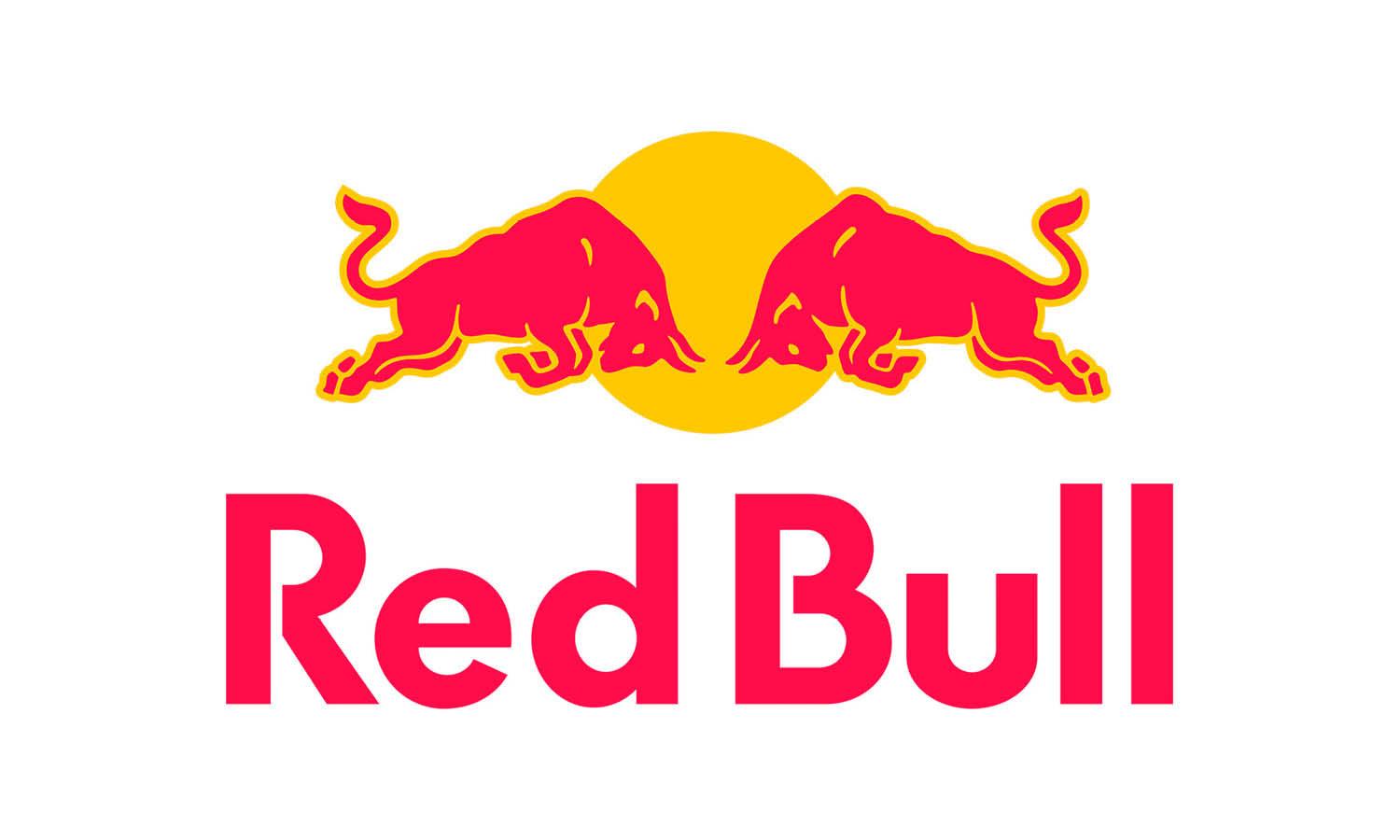
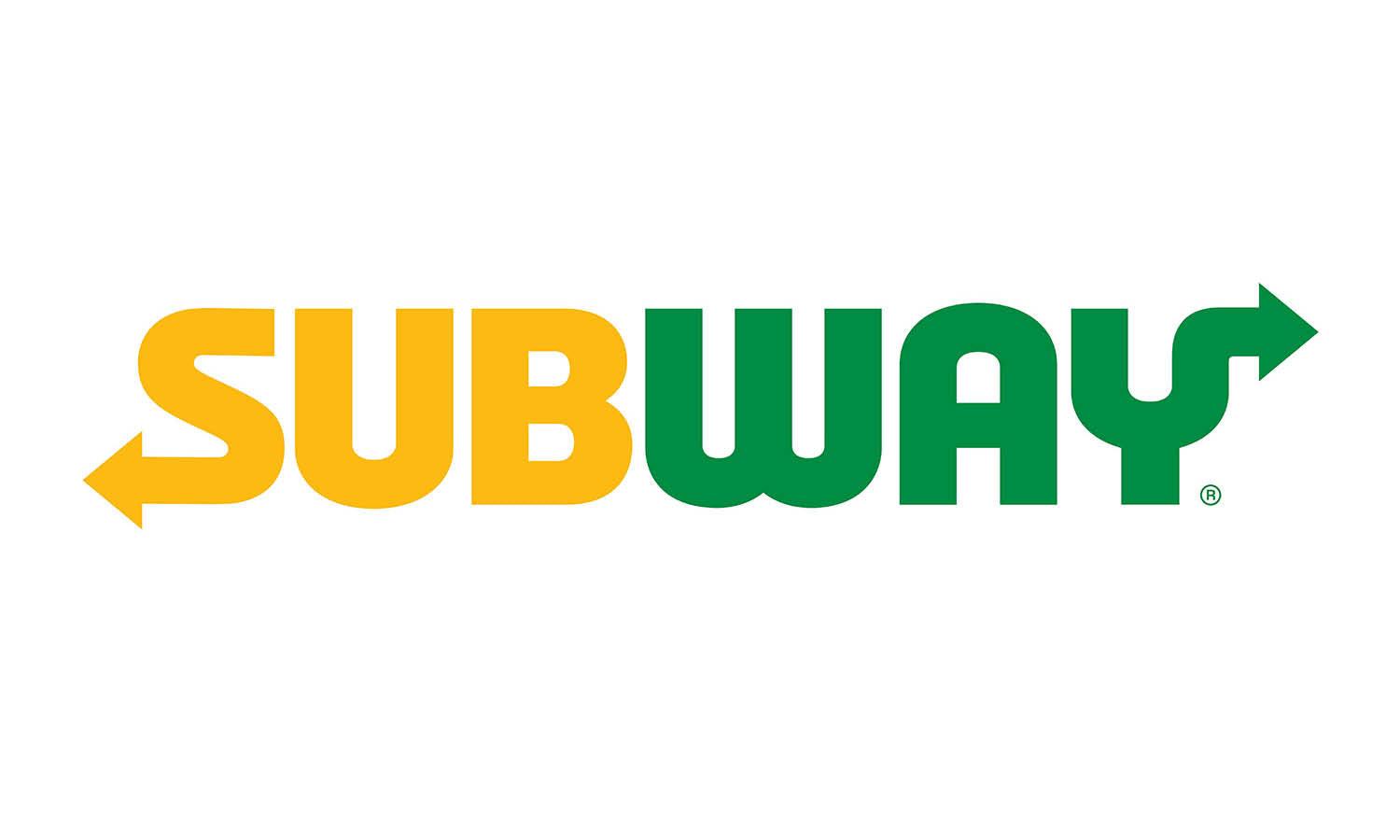
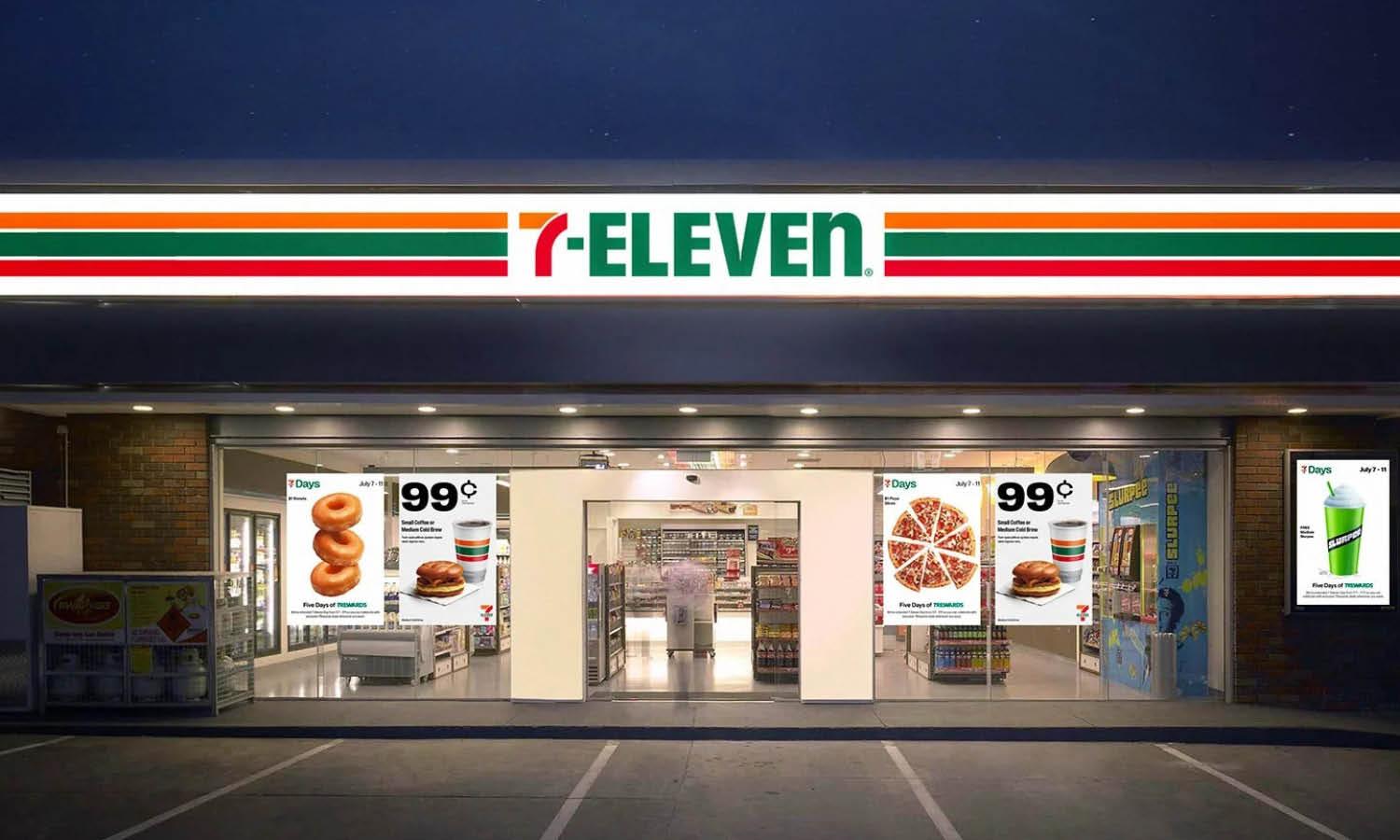
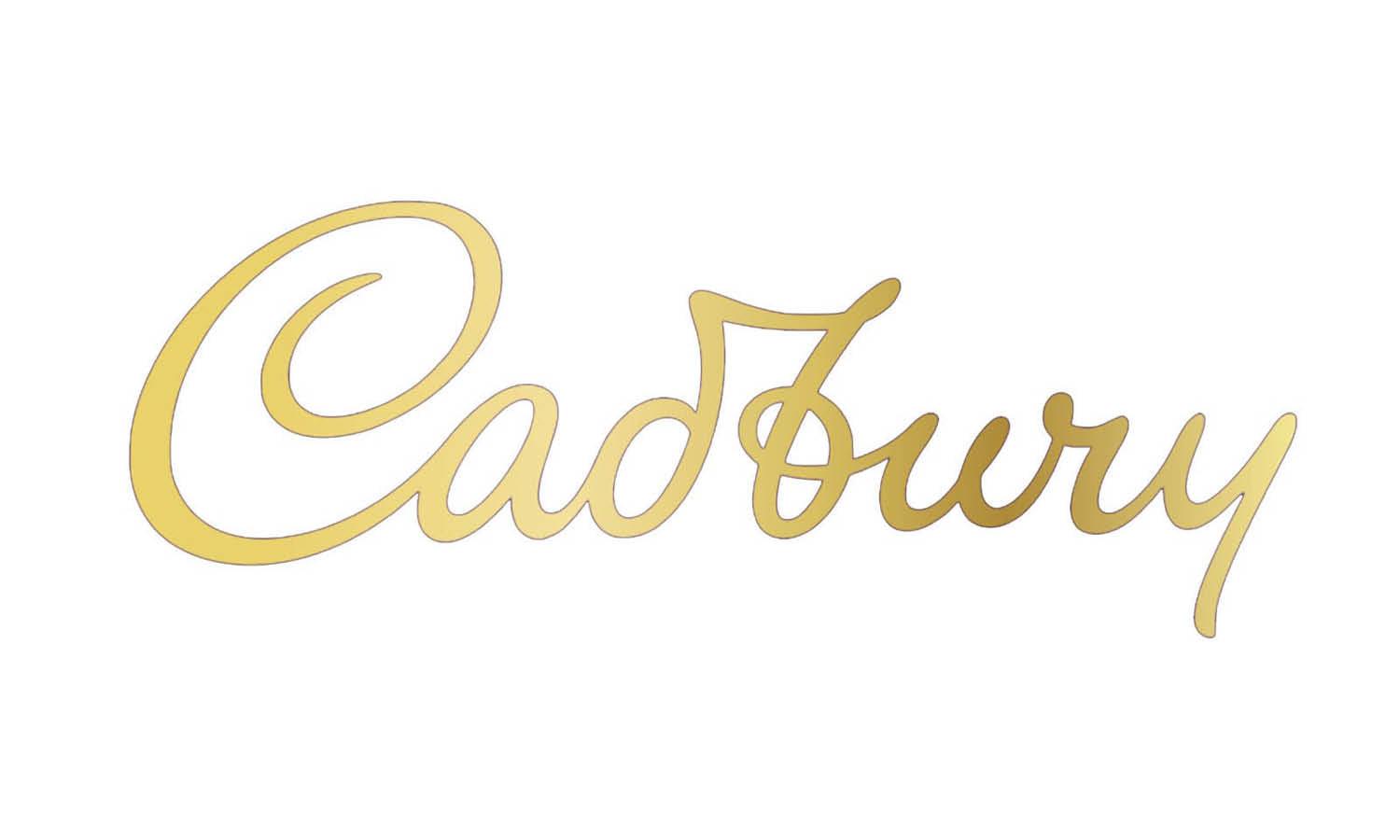
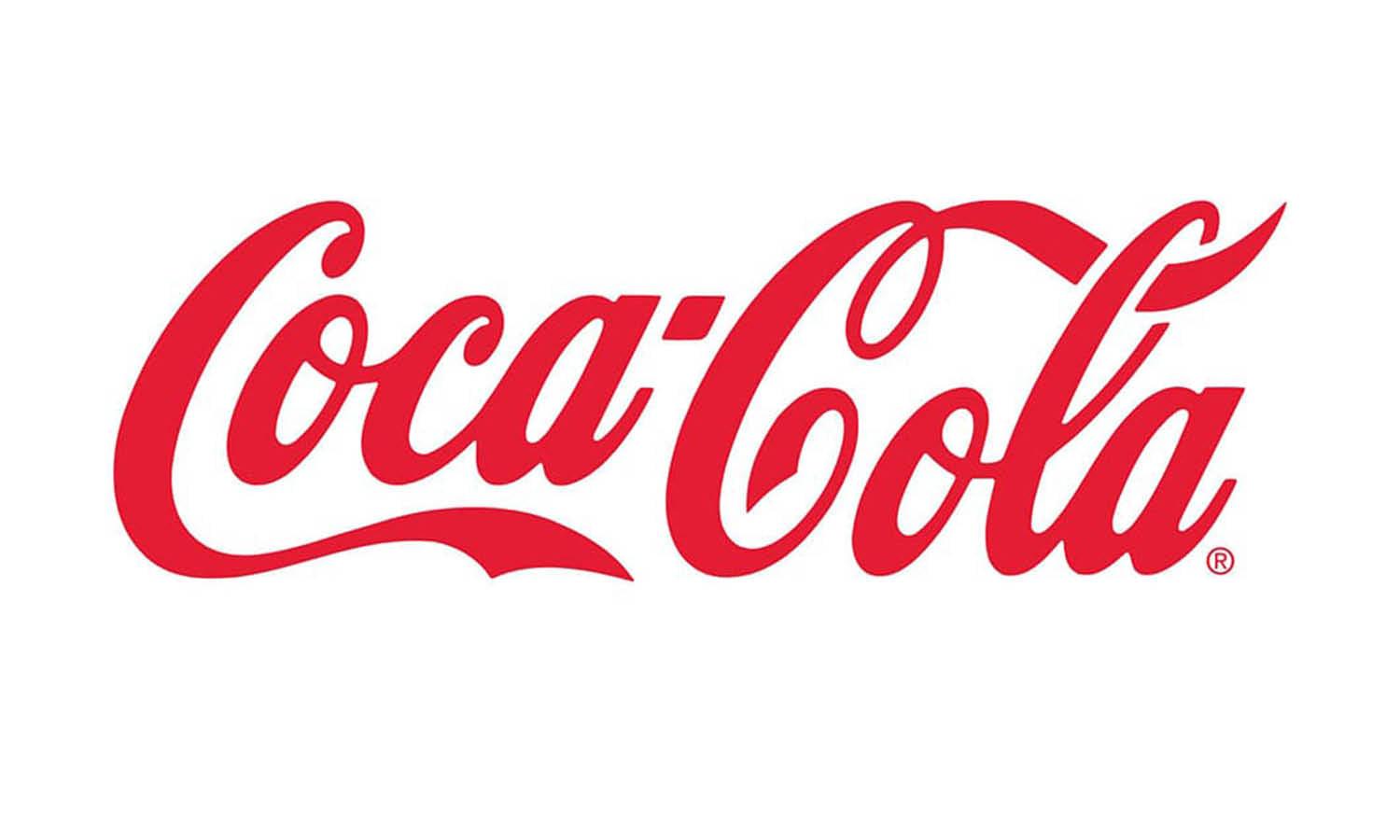








Leave a Comment